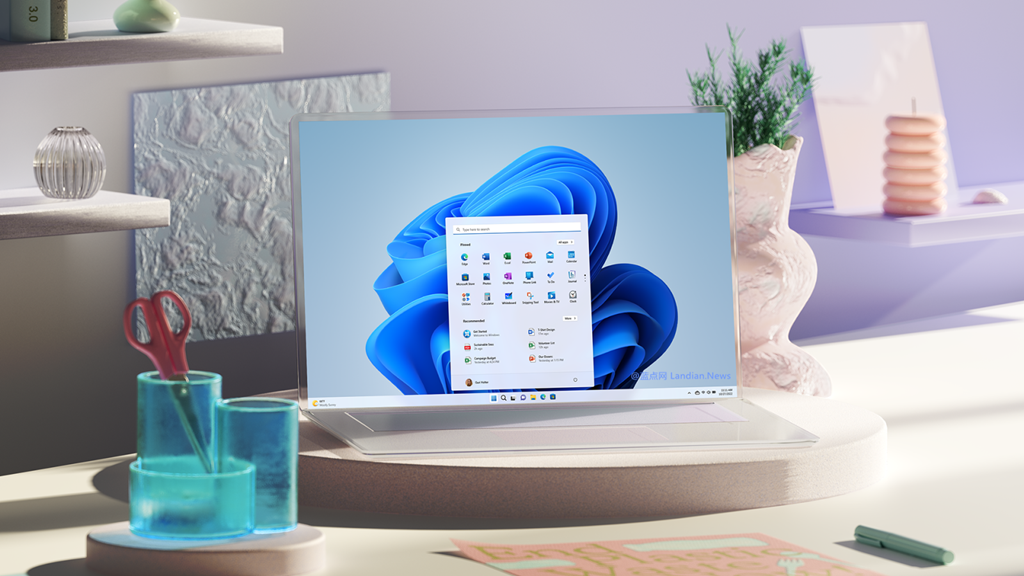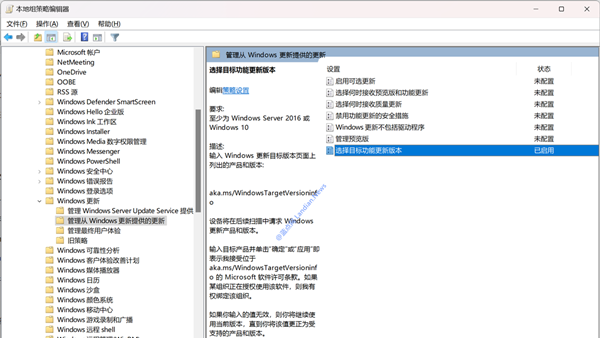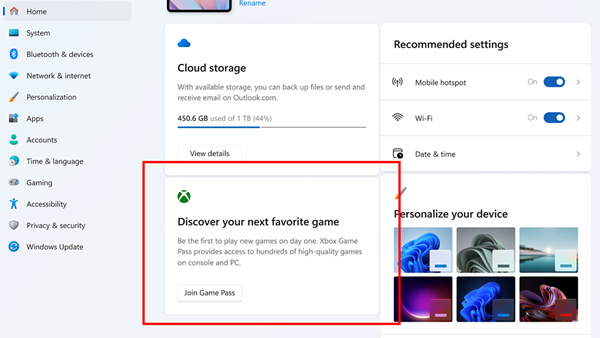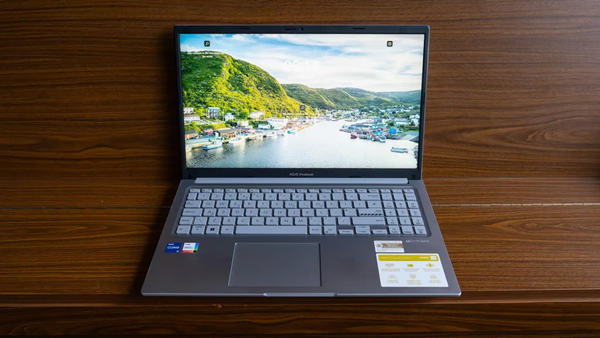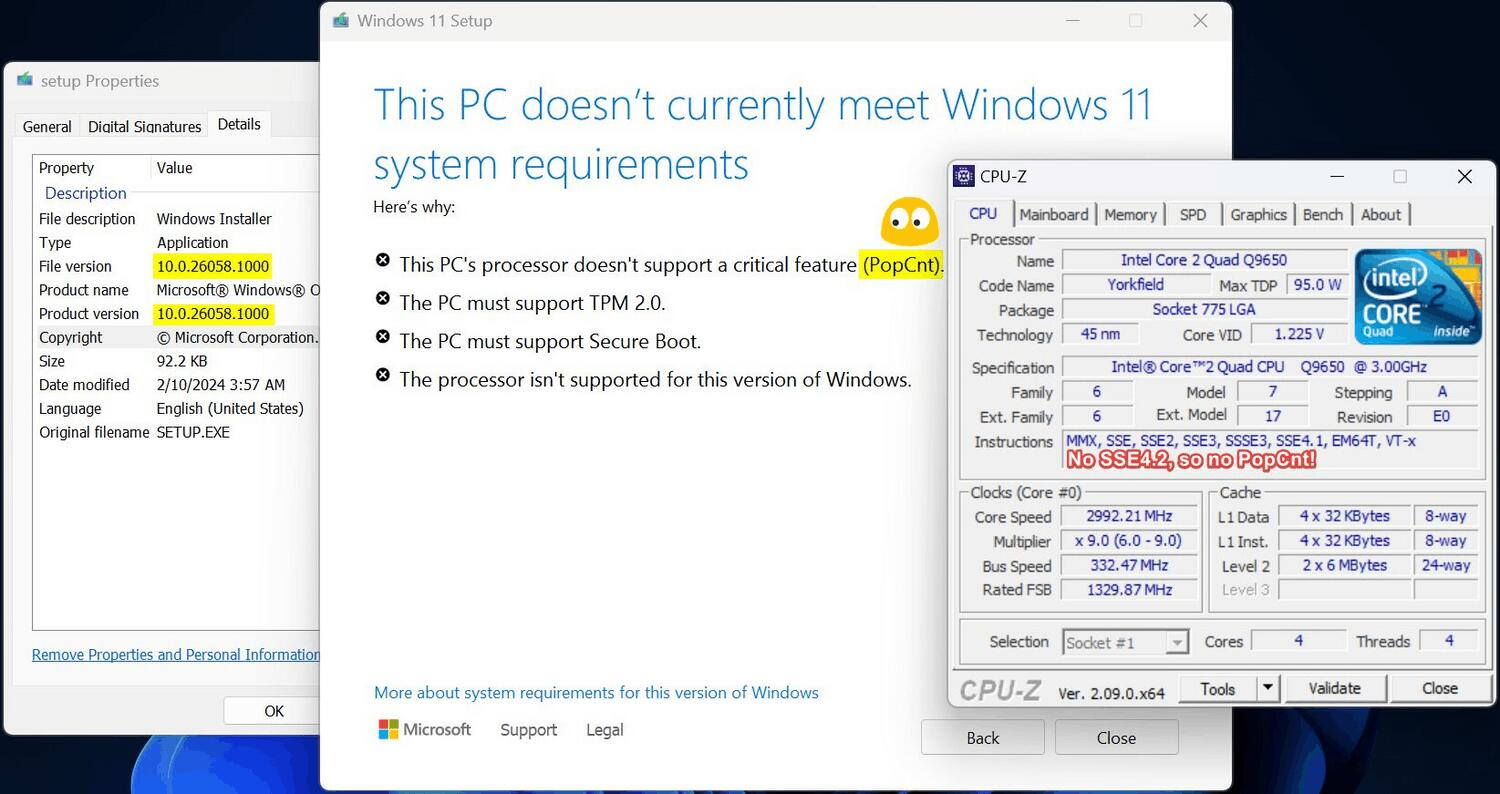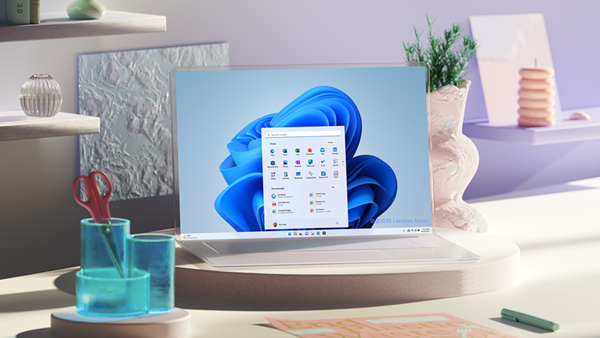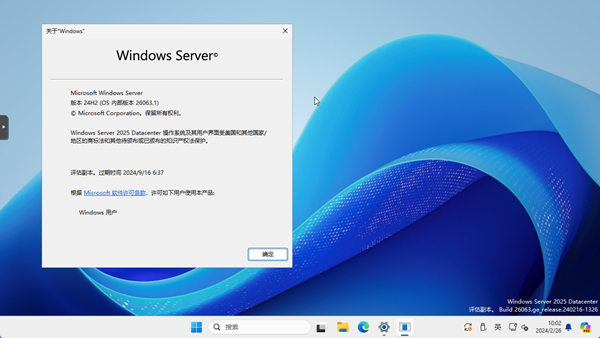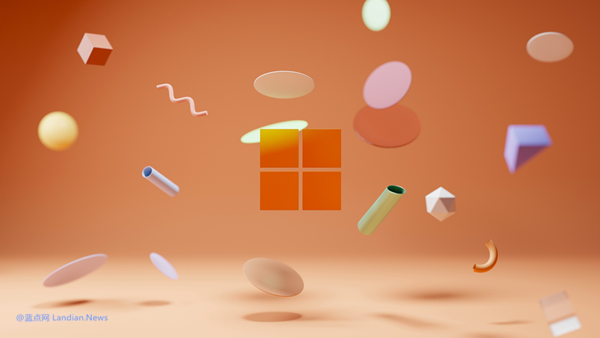Microsoft Introduces Checkpoint Incremental Updates for Windows 10/11 to Reduce System Update Download and Installation Time
Microsoft has once stated that there are about 1,000 ways to update Windows, and now it seems there's one more, making it 1,001. Perhaps Microsoft believes the current update system isn't complex enough, so they introduced checkpoint updates.
Checkpoint updates are essentially incremental updates. Microsoft may regularly release cumulative updates as checkpoints, and subsequent updates will compare difference files through these checkpoints, downloading only the incremental part of the content.
Microsoft claims that the benefit of checkpoint cumulative updates is the ability to install new features and security enhancements for Windows 10/11 at any time. Specifically, this means smaller data downloads for Windows devices, the ability to continuously redistribute updates within the infrastructure, and a better annual update experience.
It's currently unclear how often Microsoft will set checkpoint updates, but logically, it should be at least twice a month. This is because if it were only once a month, it would be the same as the current cumulative updates.
Monthly cumulative updates are also incremental. Once users have installed the latest update, newly released updates only need to download the differential part for installation. Cumulative updates contain all past updates, and as time goes by, the cumulative update package could reach gigabyte levels. Incremental updates can solve the problem of large installation packages.
If checkpoints are set at least twice a month, it would allow for differential updates every half month. Microsoft says this will help save time, network bandwidth, and disk space, and the system will automatically clean up redundant content during the update.
While this may not make a big difference for most home users, Microsoft mentioned energy savings. Checkpoint cumulative updates can help large enterprises save energy consumption, thus helping them achieve carbon neutrality goals.
Finally, checkpoint updates do not require any changes from consumers and enterprise users. Everything is controlled through Microsoft's backend servers, and checkpoint updates will begin rolling out at the end of 2024.
